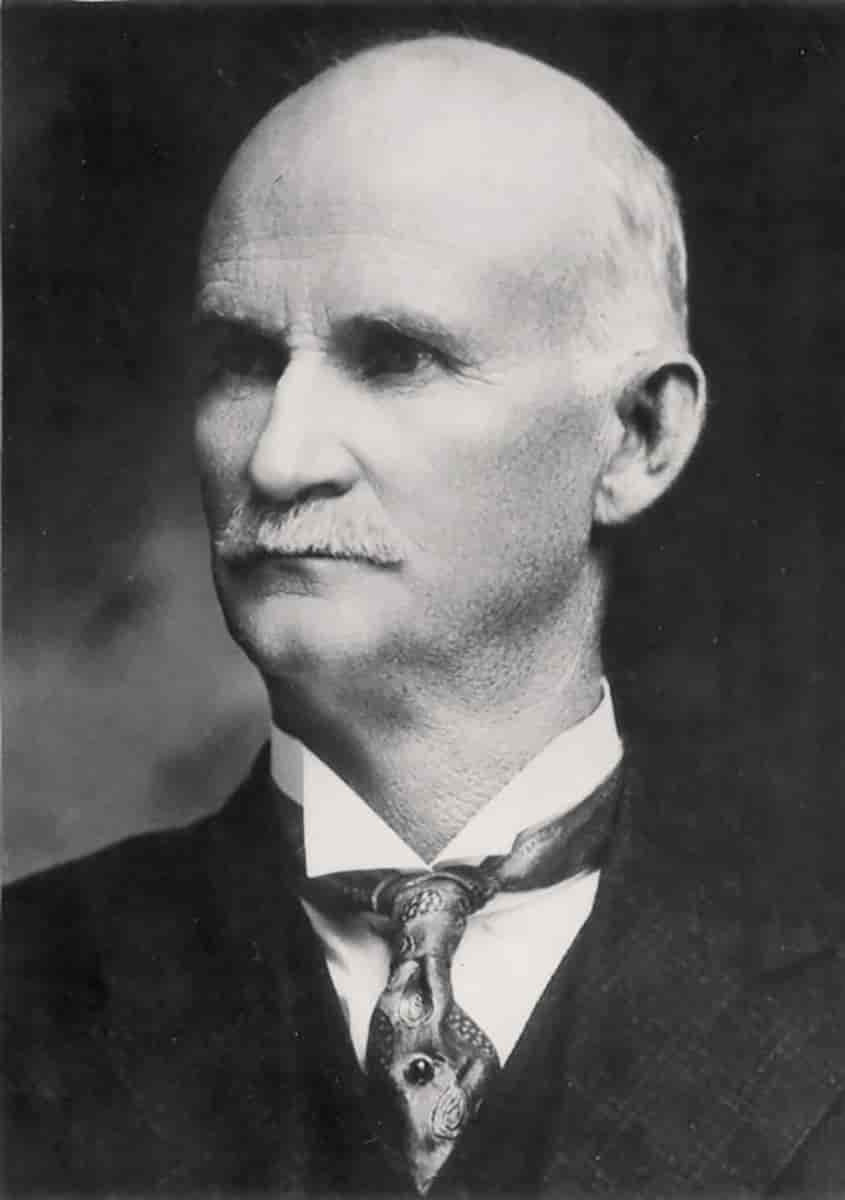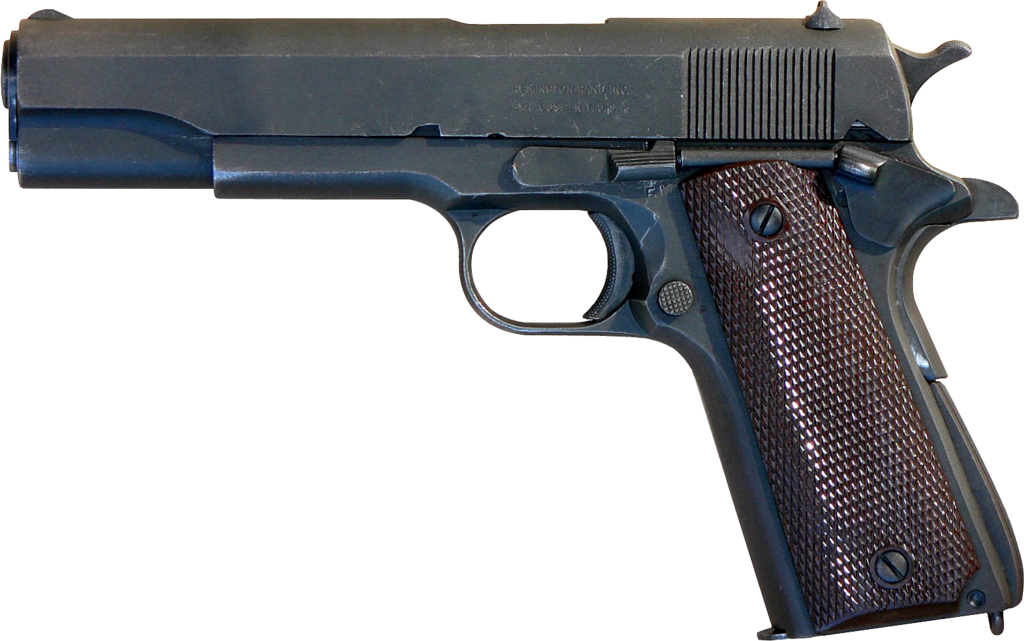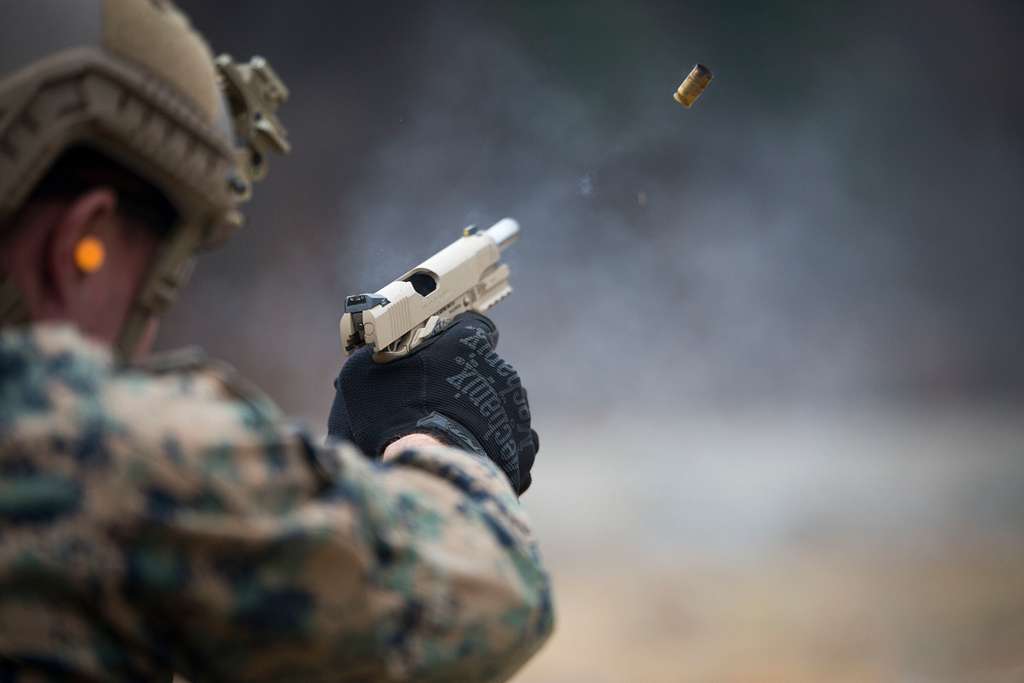At the dawn of the 20th century, a man named John Moses Browning, already known for his gun-making prowess, introduced what would become one of the most legendary firearms in history—the Colt 1911. A century later, the 1911’s design remains widely regarded as the gold standard for semi-automatic pistols, illustrating a timeless blend of functionality, reliability, and sheer power.

The birth of the 1911 was driven by the U.S. military’s need for a more potent sidearm. Following less than satisfactory combat performances of the .38 caliber revolvers in the Philippine-American War, the military called for a semi-automatic pistol carrying .45 ACP (Automatic Colt Pistol) ammunition, noted for its stopping power. The Colt’s Patent Firearms Manufacturing Company, in collaboration with Browning, submitted the Model 1911 in response to the U.S. military trials. After extensive and grueling testing, the U.S. Army adopted the Colt 1911 on March 29, 1911, leading to its iconic name.
At its core, the Colt 1911 is a single-action, semi-automatic, magazine-fed, and recoil-operated handgun. The single-action mechanism means that the trigger performs only a single action of releasing the hammer or striker to discharge the firearm, and hence, it requires manual cocking for the first shot. This feature provides the Colt 1911 with a crisp and clean trigger pull, which, when combined with the firearm’s superb ergonomics, offers exceptional accuracy.

Constructed primarily from steel, the Colt 1911 exhibits a robust and durable structure. Its recoil-operated design uses the energy from the recoil to eject the spent shell and chamber a new round, a departure from the blowback designs that Browning previously used. The gun’s slide has distinctive vertical rear serrations, allowing for a better grip while chambering a round or clearing the weapon.
Another distinctive feature of the 1911 is its grip safety. This mechanism prevents the pistol from firing unless it’s properly held, providing an additional layer of safety. Combined with the manual thumb safety and the half-cock position, the 1911 design showcases a safety-conscious approach not always found in early semi-automatic pistols.
The Colt 1911’s .45 ACP cartridge set a benchmark for ammunition. It delivers a heavy, slow-moving bullet, providing significant stopping power, penetration, and causing substantial damage to the target. This caliber’s effectiveness was proven in both World Wars and numerous conflicts since, contributing to the 1911’s celebrated status.
From 1911 until 1985, the Colt 1911 remained the standard-issue sidearm for the U.S. military. It saw service in both World Wars, the Korean War, and the Vietnam War. Thousands of servicemen and women carried the trusty 1911, valuing its reliability and power in the harshest conditions. Even after the military replaced the 1911 with the 9mm Beretta M9, many U.S. Special Forces continued to prefer the venerable .45 ACP pistol for its superior stopping power.
Despite being over a century old, the 1911’s influence shows no signs of diminishing. It’s worth noting the 1911’s impact on the civilian market, where it became a cherished piece among collectors and firearms enthusiasts. Furthermore, the design of the 1911 was so successful that many modern firearms have adopted or adapted its features.
The 1911’s design is extremely versatile. Today, 1911 style pistols are available in various calibers beyond the .45 ACP, including 9mm, .38 Super, 10mm Auto, and more. These variants cater to different users’ needs, whether it be for self-defense, competitive shooting, or hunting. The 1911 has also seen compact and subcompact versions, making it suitable for concealed carry.
In competitive shooting, the 1911 has proven its mettle countless times. The pistol’s exceptional accuracy, combined with its manageable recoil and excellent trigger, make it a favorite among many champions. It has been used to secure numerous victories in prestigious events like the National Matches at Camp Perry and the International Practical Shooting Confederation (IPSC) competitions.
The vast aftermarket for 1911 parts and accessories further underscores its enduring popularity. There is a plethora of options for customization, from functional upgrades like improved sights, triggers, or extended controls to aesthetic enhancements like custom grips or engraved slides. These customizations allow every 1911 owner to personalize their pistol to their preferences, whether it’s for improved performance or just a unique look.
Today, numerous manufacturers worldwide produce 1911-style pistols, an ode to the timeless and effective design developed by Browning over a century ago. The Colt 1911’s blend of power, reliability, and versatility set a standard that is yet to be surpassed, cementing its place not only in history but also in the present and, likely, the future of firearms.

In conclusion, the Colt 1911 is more than just a firearm; it’s a symbol of a particular time in history and an enduring icon in the world of firearms. The traits that have defined the Colt 1911—its powerful .45 ACP cartridge, its sturdy and reliable design, its exceptional accuracy, and its capacity for customization—ensure that the gun continues to be as relevant today as it was over a century ago. For many, the 1911 is not merely a tool or a weapon, but a testament to the ingenious innovation of John Moses Browning, an embodiment of personal protection and national defense, and an artifact of historical significance that continues to live on.


































